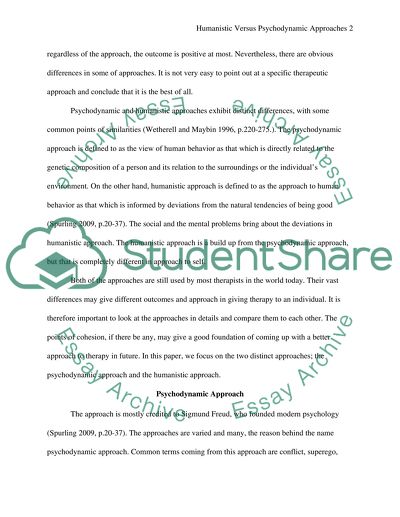Cite this document
(“Hymanistic Versus Psychodynamic Approaches Essay”, n.d.)
Retrieved from https://studentshare.org/psychology/1447940-social-psychology-question-compare-and-contrast
Retrieved from https://studentshare.org/psychology/1447940-social-psychology-question-compare-and-contrast
(Hymanistic Versus Psychodynamic Approaches Essay)
https://studentshare.org/psychology/1447940-social-psychology-question-compare-and-contrast.
https://studentshare.org/psychology/1447940-social-psychology-question-compare-and-contrast.
“Hymanistic Versus Psychodynamic Approaches Essay”, n.d. https://studentshare.org/psychology/1447940-social-psychology-question-compare-and-contrast.


